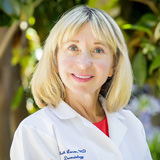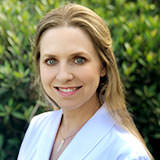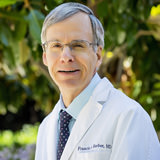The Providers


All of our providers are proficient in the detection and treatment of skin cancer using many modalities and the most advanced surgical techniques such as Mohs microscopic surgery for the treatment of aggressive skin cancers. Dr. Larson and Dr. Rubin are acclaimed Mohs skin cancer surgeons with a combined 40 years of experience, with thousands of cases and among the nation's highest cure rates. They are all fellowship trained skin cancer and reconstructive surgeons of the American College of Mohs Surgery. For more information about skin cancer and Mohs surgery, go to www.SkinCancerMohsSurgery.org.

Dr. Francis Barber, a distinguished skin pathologist, consults on difficult cases to achieve unprecedented results. Dr. Barber trained at the Armed Forces Institute of Pathology and is certified in dermatopathology. It takes a team of distinguished dedicated experts to achieve the best results.

Mohs Micrographic Surgery
Mohs micrographic surgery has the highest potential cure rate of 99% and removes the least amount of tissue. For this reason it offers superior cosmetic results. Some of the most common treatments for skin cancer preferred by many physicians are scraping and burning, routine excision or even radiation. While these remedies may be fine for most skin cancers, they lack the advantages of Mohs micrographic surgery. This technique is a process that will remove all of the cancer, minimize the risk of recurrence and leave as little scarring as possible for aggressive skin cancers on the central face.
Sun Protection For Prevention
How can I protect myself? Sun exposure is the most preventable risk factor for all skin cancers, including melanoma. You can have fun in the sun and decrease your risk of skin cancer. Here is how to be sun smart:
- Apply a broad spectrum, water resistant sunscreen with a sun protective factor of 30 or more to all exposed skin. Broad spectrum sunscreen provides protection from both UVA and UVB rays. Reapply approximately every two hours, even on cloudy days and after swimming or sweating.
- Wear protective clothing such as long sleeve shirts, pants, a wide brimmed hat and sun glasses whenever possible.
- Seek shade when appropriate remembering that the sun's rays are strongest between 10 am and 4 pm. If your shadow is shorter than you are, seek shade.
- Protect children from sun exposure by playing in the shade, wearing protective clothing and applying sunscreen.
- Use extra caution near water, snow and sand as they reflect the damaging rays of the sun which can increase your chance of sunburn.
- Get vitamin D safely through a healthy diet that may include vitamin supplements. Don't seek the sun.
- Avoid tanning beds. Ultraviolet light from the sun and tanning beds can cause skin cancer and wrinkling. If you want to look like you have been in the sun, consider using a sunless self tanning product, but continue to use sunscreen with it.
- Check your birthday suit on your birthday. If you notice anything changing, growing or bleeding on your skin, see one of our providers. Skin cancer is very treatable when caught early.